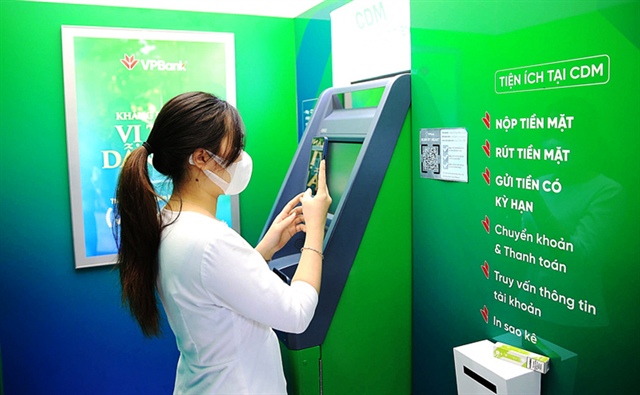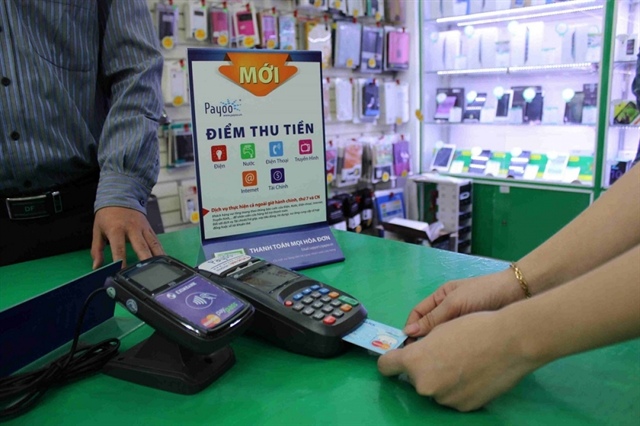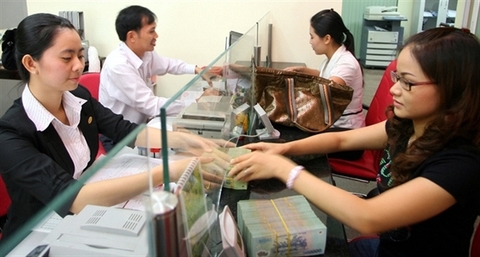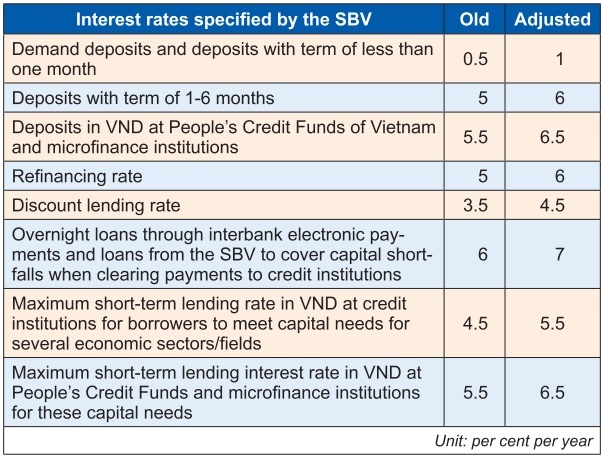Revision underway of e-transaction law
Revision underway of e-transaction law
Vietnam’s digital banking transactions have achieved an average annual growth of 40 percent, ranking it among the world’s top growers in this field.
Accelerating digitalization
Le Anh Dung, Deputy Director of the State Bank of Vietnam’s (SBV) Payment Department said that mobile device-based payments have grown 90 percent annually in quantity and 150 percent in value. In the first eight months of 2022, mobile payments increased 107 percent in quantity and 92 percent in value over the same period last year, he said. Many banking services have been fully digitalized, Dung added.
|
Early technology application has increased the Current and Savings Account (CASA) ratio of the Vietnam Prosperity Joint Stock Commercial Bank (VPBank), the Vietnam Technological and Commercial Joint-stock Bank (Techcombank), Military Commercial Joint Stock Bank (MB), and Ho Chi Minh City Development Joint Stock Commercial Bank (HDBank) to 40-50 percent, helping them achieve high profits. Currently, 95 percent of payment services and deposits are made via digital platforms.
Vietnam Report’s banking industry 2021 overview and 2022 outlook show that the cost-to-income ratio (CIR) of most banks has decreased significantly in recent years thanks to digitalization, while the pandemic has greatly increased customer interaction with online banking services.
Ninety-five percent of banks have mapped out their digital transformation strategies, mastering technologies such as cloud computing and big data, to go digital, improve IT systems and supply products and services on digital platforms.
Improved law, policy needed
The SBV has established a steering committee for banking digitalization, headed by its governor, and approved a digitalization plan to 2025, with a vision to 2030, targeting digitalization of 50 percent of all banking services and 70 percent of all customer transactions by 2025.
|
However, the banking industry is expected to face challenges in achieving this target. According to Secretary General of the Vietnam Banks’ Association (VBA) Nguyen Quoc Hung, banks and financial intermediaries are facing difficulties, challenges and even legal risks due to inadequate laws and policies.
Specifically, the 2005 Law on E-Transactions requires an upgrade to plug up its current legislative gaps. The banks say the current Law on E-Transactions only has provisions on electronic signatures and digital signatures, while current banking transactions also accept other authentication measures (SMS OTP, Token OTP, Digital OTP and biometric identification).
Pursuant to the Law on E-Transactions, an e-signature is legally valid once it satisfies two conditions. The first is that the method of creating the e-signature allows the identification of the signatory and indicates his/her approval of the data message contents.
The second is that such a method is sufficiently reliable and appropriate for the purpose for which the data message is created and sent. This regulation has not specifically stipulated secure signatures, measures, and standards to ensure secure e-signatures.
In addition, the law does not address the types, legal validity, or use and recognition of foreign e-signatures, thus creating barriers to determining the legal validity of e-signatures in international transactions and making it difficult to deal with disputed ones. A revised law would overcome this problem.
Various regulations are being proposed to promote efficient application of e-signatures and improve safety conditions for e-transactions and digital transformation in the near future. In particular, the recognition and use of foreign e-signatures will contribute to solving problems that go back some 15 years in tax and customs administrative procedures, as well as in the banking sector.
| The National Assembly will discuss the amended draft for the 2005 Law on E-Transactions at the 4th meeting of its 15th-tenure session from October 20 to November 18, 2022. |





















